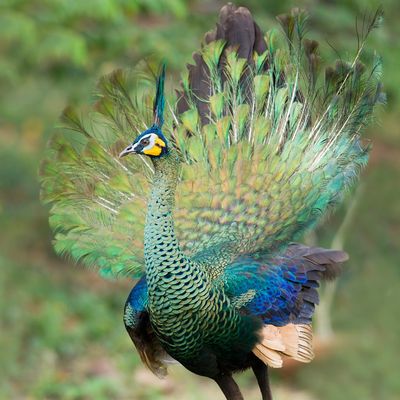NOW TAKING ORDERS FOR THE 2025 HATCHING SEASON
Currently we are not able to accept orders with Mareks, Vital Pack, etc on the website - Please give us a call to take those orders over the phone. Thank you for your patience while we work on a fix.
IMPORTANT ORDERING INFORMATION: Swans are shipped on Wednesdays, via airline cargo, and will arrive the same day. They will need to be picked up from the airport upon arrival. Shipping and transportation crate is included in the price of your birds. Swans are not available for local pickup. All swans for sale by Meyer Hatchery are pinioned, which means they are unable to fly.
Known as the largest swan breed of North American residency, the Trumpeter Swan matures between 20-30 pounds, stands 4 feet tall, and has a wingspan of 7-8 feet. Their plumage is all white and they have a very long neck. They also have broad, flat bills with small serrations. The name of this bird comes from the call they emit, sounding like a deep, loud, resonant tone, much like a trumpet call.
The Trumpeter Swans feed mainly while swimming and thrive on almost entirely underwater plants, eating the leaves and stems of the submerged vegetation. They will occasionally feed off of grain, corn, or bread on the ground, however, their diet is mainly aquatic greens.
The aviary setting will need to have a small lake or man-made pond of some source offering fresh clean water for them, as they will be dependent on a water source. The larger the aviary, the better, as they do require plenty of space, as well as plenty of shrubbery and small trees for shade.
As with all swans, Trumpeter Swans mate for life. Their relationship is formed by 3-4 years of age. Together, they will produce a clutch size of 4-6 creamy to dull-white eggs, with the offspring hatching in June. If one mate is widowed, the other will seek out a new mate. They are known to live very long lives. It's reported that one lived to 32 years in captivity.
The Trumpeter Swans usually become somewhat territorial during the nesting season and may chase away any geese they share the same water source with. They are also very attentive parents, especially the mother, who will teach her young everything from swimming to walking to eating. Trumpeter Swans usually will not nest until they are at least 4 years of age. Aside from providing food and water sources, as well as some type of shelter for them, especially during the winter months, they do not require a lot of additional day to day care.

NOW TAKING ORDERS FOR THE 2025 HATCHING SEASON
Currently we are not able to accept orders with Mareks, Vital Pack, etc on the website - Please give us a call to take those orders over the phone. Thank you for your patience while we work on a fix.
